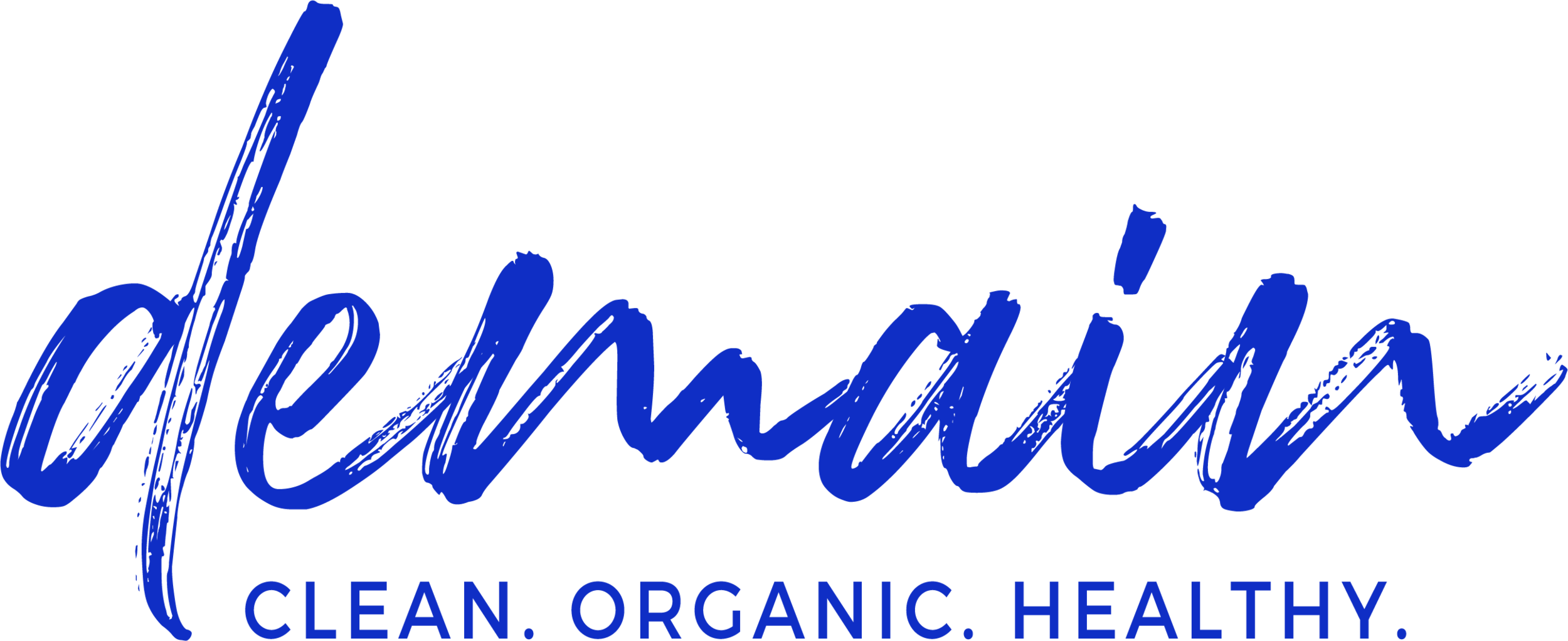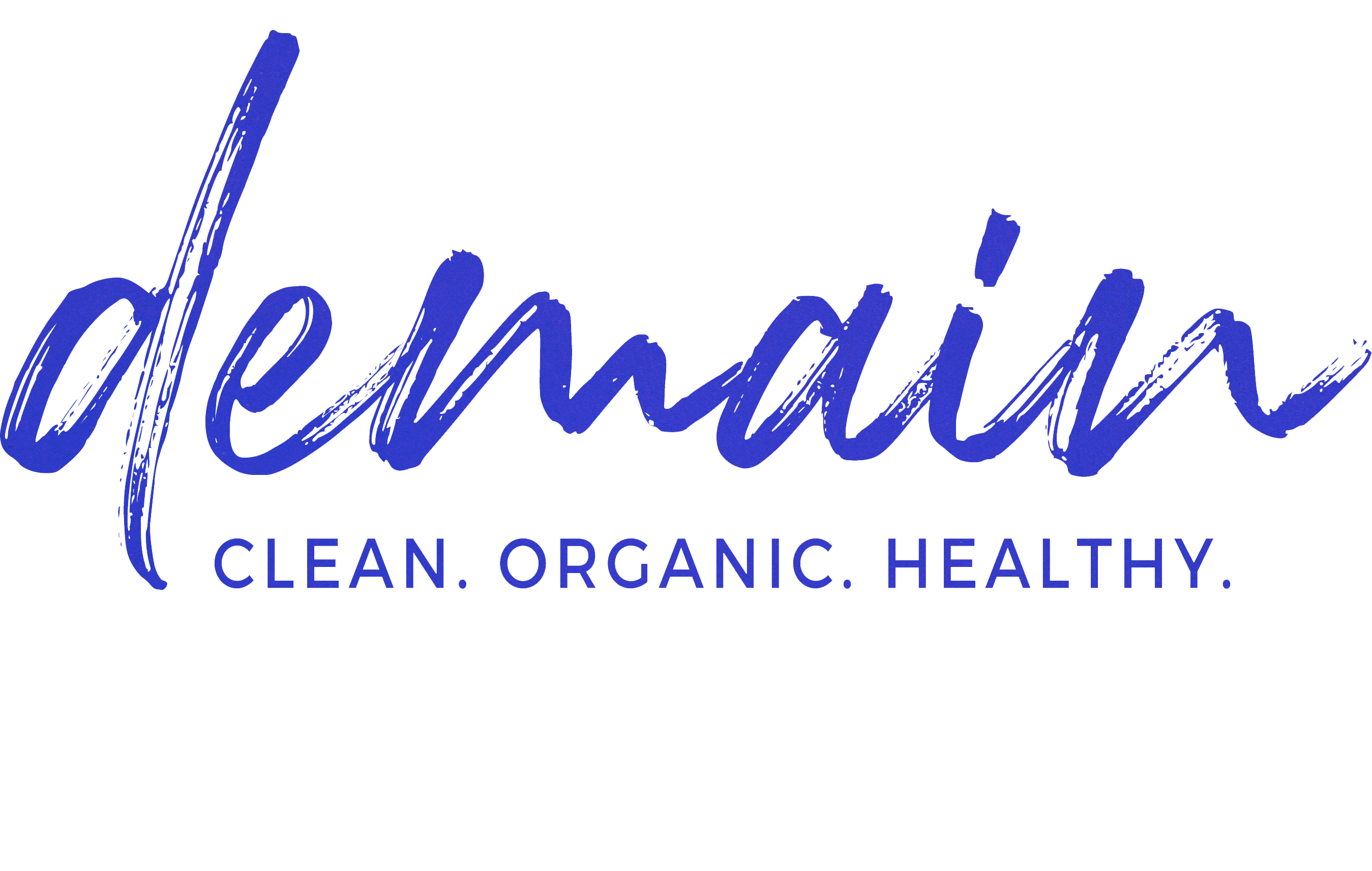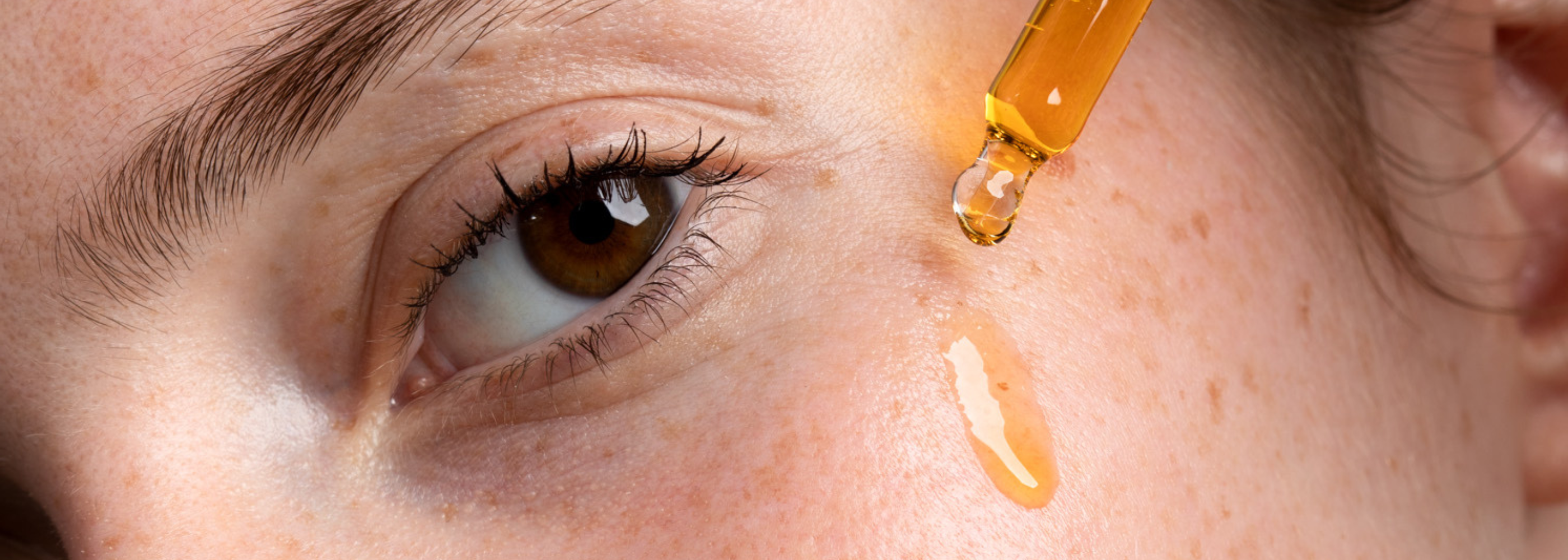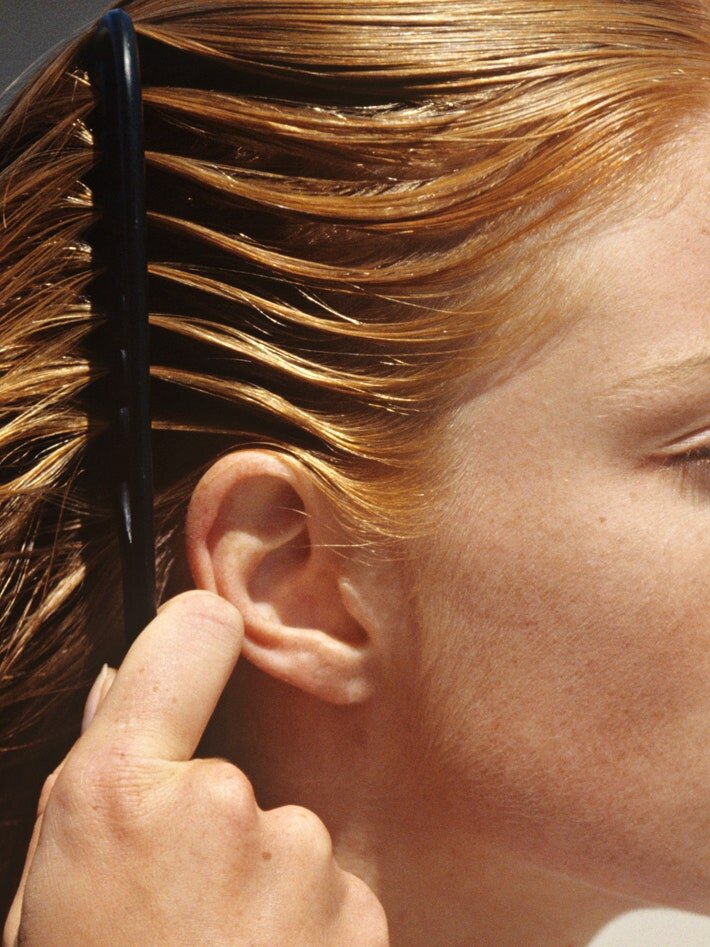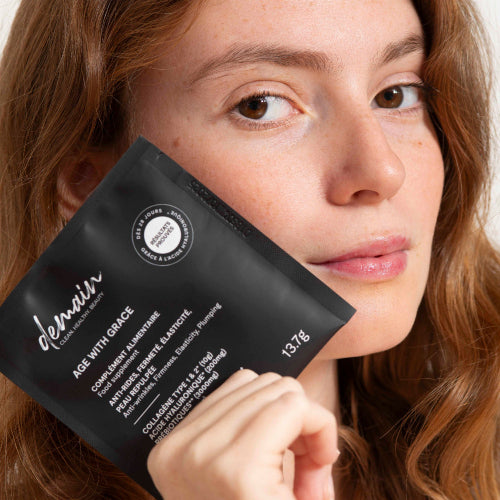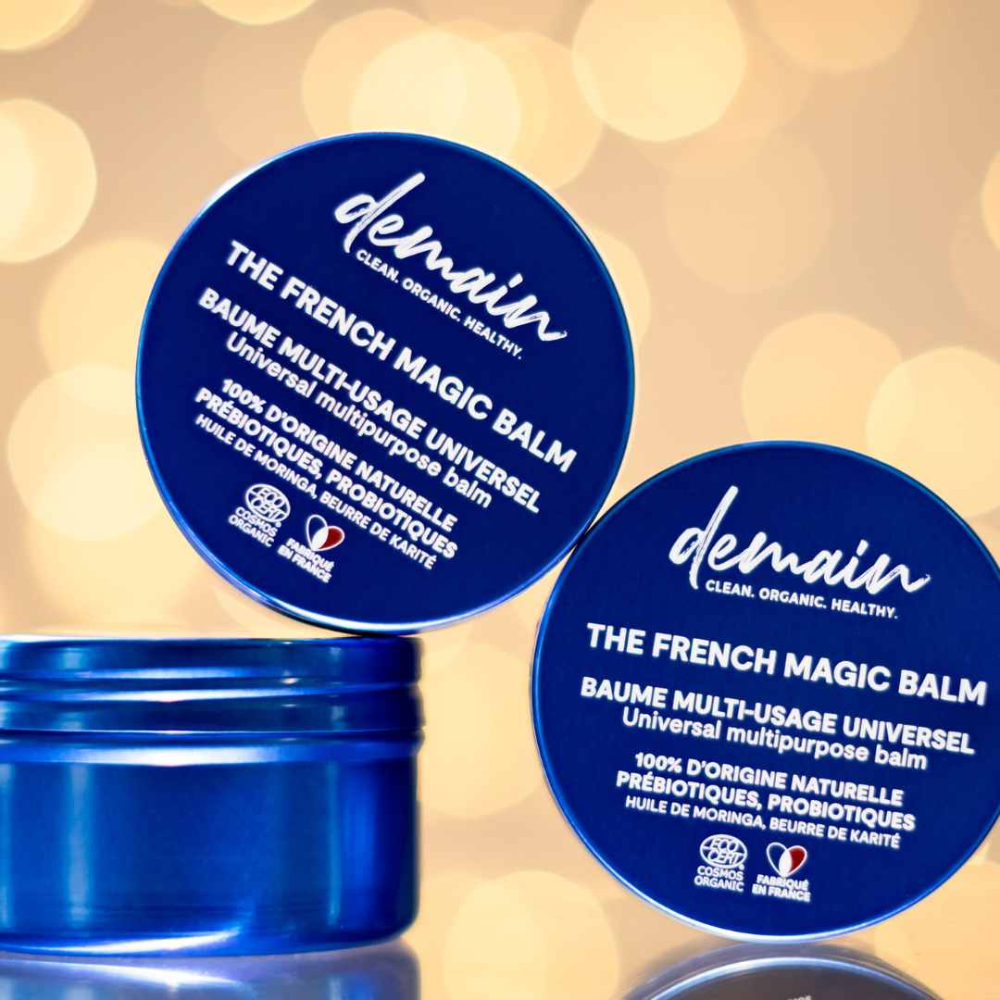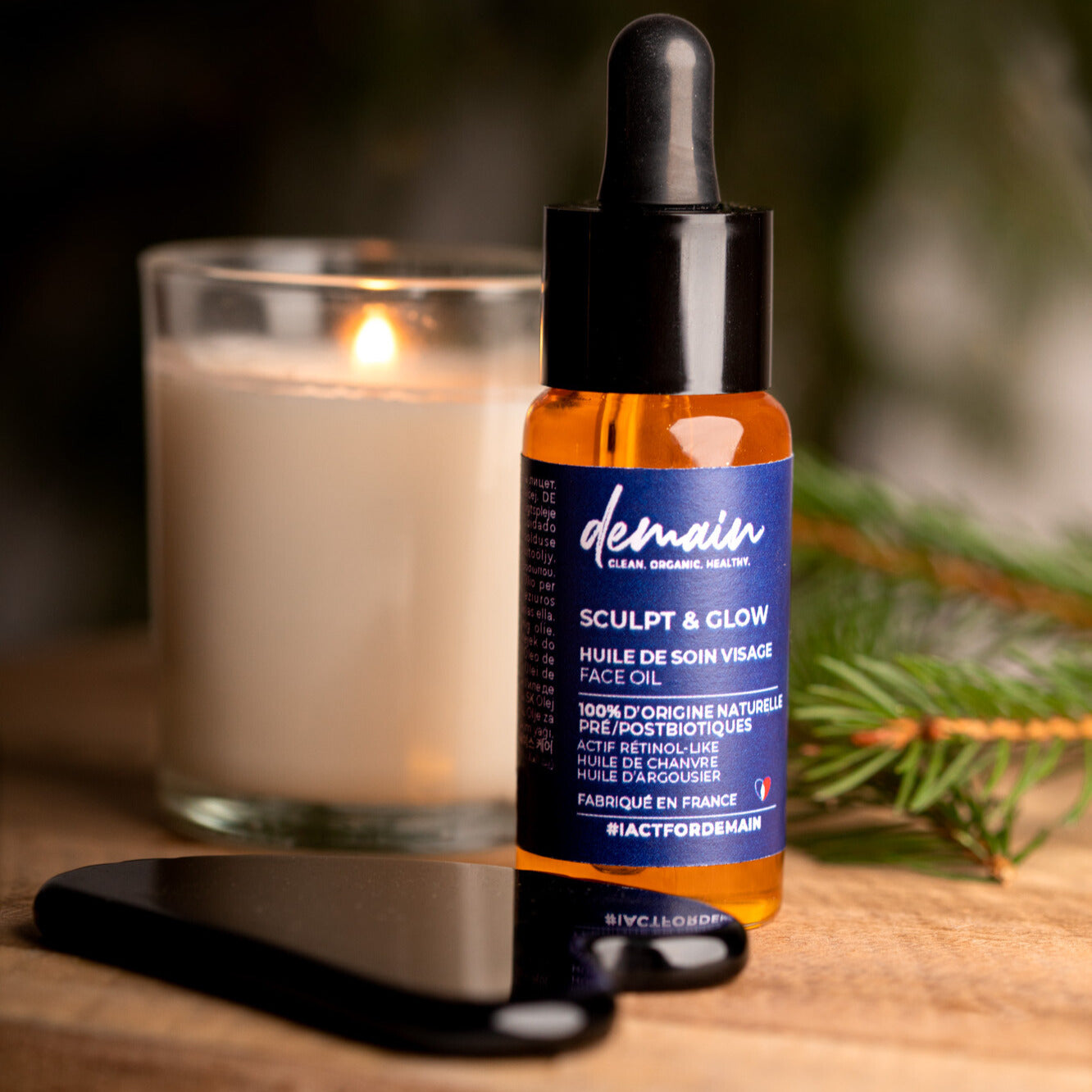Do you dream of a mane worthy of Shakira, but your oily hair gives you cold sweats?
The day after your shampoo, you must go through the bun box or dry shampoo. Besides the aesthetic side, oily scalp can lead to itching due to excess sebum.
So how do you deal with an oily scalp? What are the daily natural tricks to prevent it from re-grease too fast ? Which oily hair treatments to adopt? We give you 5 quick and effective tips to purify your scalp and fight oily hair!
FIRST OF ALL, DO I HAVE OILY HAIR?
To determine this, we must begin by asking the following question: without shampoo, after how many days, my scalp does he regrease ?
- After a week: my scalp is dry
- After 3-4 days: my scalp is normal
- Between 1 and 2 days: my scalp is oily

BUT WHAT MAKES MY HAIR GREASY?
It all depends on the nature of your scalp and its sebum production.
We say by extension oily hair , but the hair, being a dead matter, cannot produce oil. It is therefore the flow of sebum from the scalp to the tips of the hair that gives this appearance.
Sebum is secreted to coat the hair fiber and protect it. So take comfort, if you have an oily scalp, chances are your hair is in better condition than someone with a dry scalp!
Genetics determines our scalp nature.

But certain factors can aggravate the production of sebum:
- Too to touch her hair
- There pollution
– A diet that is too rich fat or sugar
- A hormonal imbalance
- Your hair care routine is unsuitable . And yes ! Did you know that the ingredients in your shampoos can play a role in the overproduction of sebum?
So head to your bathroom to take stock of your hair products. The objective is to find the most suitable products to fight against oily hair.
OILY HAIR SHAMPOOS: KNOW HOW TO READ YOUR PRODUCT LABELS
Have you ever wondered what's in your shampoo? Flip the bottle. Unless it's a solid shampoo or dry shampoo, the first ingredient is normally aqua or water (water). It's normal. It is the second ingredient that you will now have to focus on: there is a good chance that it is Sodium Lauryl Sulfate Or Sodium Laureth Sulfate .
These are very abrasive foaming agents which certainly give the hair the feeling that it is clean, but are so aggressive that they encourage the scalp to produce more sebum. And it's a vicious circle, because we wash our hair much more frequently. The ideal is therefore to adopt shampoos with mild foaming agents of vegetable origin, to wash, but gently ( see selection below ). In your shampoos and conditioners, you may also come across these kinds of ingredients: Polyquaternium-10, Quaternium-18, Bis-Aminopropyl Dimethicone.
SILICONE
They are silicones. Certainly, they give your hair a soft and shiny appearance, but they have the annoying tendency to accumulate on the hair fiber and the scalp. However, a scalp “smothered” under silicone produces more sebum. Again, opt for a silicone-free shampoo and conditioner.
The transition from silicone to silicone-free being sometimes complicated, do not hesitate to contact us for the writing of a special hair transition article. The sebum flowing much more easily in contact with heat, be careful not to wash and rinse your hair with too hot water. Even more, prefer the use of microfiber towels to dry your hair rather than using the hair dryer.
Finally, if you wash your hair every day, maybe you could set a goal of only washing your hair every other day. The first few times, use a dry shampoo (without silicones, of course) . By adopting the right gestures and after some time (from a few days to a few weeks) , you will surely be able to alternate shampoos.
OILY HAIR: ACTIVE INGREDIENTS
To fight against oily hair, avoid extra-foaming shampoos and favor mild surfactants (see selection more bottom ) . Choose shampoos with purifying essential oils, such as sage, or with astringent properties such as citrus fruits.
Clays and charcoal are always beneficial in hair products because they absorb excess sebum. Finally, once a week, before your shampoo, opt for an exfoliation of the scalp, which will rid it of accumulated impurities. Sensation of lightness guaranteed!
HOW TO TREAT OILY SCALP AND DRY ENDS?
You have “combination” hair. What to do ? Using a shampoo for dry hair will probably be too rich for your scalp. And a shampoo for oily hair, too drying for your lengths… so how do you choose your shampoo?
Know that a shampoo is chosen according to the nature of its scalp.
A nutritious shampoo will be suitable for dry scalps. A purifying shampoo for oily scalps. A volume shampoo will boost fine hair etc.
SO WHAT ABOUT THE LENGTHS?
They can, if necessary, be treated with a conditioner, a mask or a leave-in product, adapted to their nature. (colored, dry, thin) .
In order to fight against oily hair, it is then necessary to choose a purifying shampoo. If your ends are dry, you should apply a nourishing treatment to the lengths from the ears.
GRANDMOTHER'S TIPS TO FIGHT AGAINST OILY HAIR
HOW TO SHAMPOO CORRECTLY
First, dry brush the hair to remove most of the dust and pollution particles. In addition, it is preferable to detangle the hair dry to avoid breakage, the fiber being much more elastic and fragile when it is wet. Detangling is always done from the tips, towards the top of the skull to avoid knots.
Perform a quick scalp massage before shampooing to activate blood micro-circulation.
Then, make a first shampoo. This one does not foam much and aims to free the hair of their impurities. Rinse.
With the same product, make a second shampoo, to leave on for one or two minutes this time. You will find that the second shampoo foams much more than the first. Rinse until the hair "crunches" under the fingers.
Eventually, apply a conditioner, only on your ends.
Rinse your hair thoroughly for at least 2 minutes with cold water to tone the hair and make it shine. In order to tighten the scales of your hair, mix 2 drops of essential oil of thyme or rosemary as well as a tablespoon of vinegar or lemon with mineral water. Rinse your hair with this mixture.
If your lengths are very sensitized, do not soak them in shampoo, the foam that will flow during rinsing will be more than enough to clean them.
AVOID A HAIR DRYER OR ANY OTHER SOURCE OF HEAT
Indeed, the heat tends to dry out the scalp, activating the sebaceous glands which will produce more sebum. The hair dryer is therefore the worst enemy of an oily scalp! If you do not want to let your hair dry in the open air, you can however dry it with a hair dryer, but only on cold!
SPACE YOUR SHAMPOOS
To treat oily scalp, a quick solution is to space out your shampoos. Without going to an extreme “ no-poo ” type solution, start by spacing your hair out for a day. If necessary, use a dry shampoo to keep the hair clean between 2 washes. Composed of starch powders that absorb sebum at the root, these shampoos are perfect for masking an oily scalp for a day.
MAKE HOMEMADE GREEN CLAY MASKS REGULARLY
Add 6 tablespoons of green clay and 2 teaspoons of apple cider vinegar to a bowl. Add mineral water until you get a thick paste. Leave on for about 10 minutes on your roots then rinse with lukewarm water. The green clay will absorb the excess sebum present on your scalp.
MORE EASY HACKS
In addition to adopting all these daily gestures, why not treat your hair orally? Zinc is indeed a valuable ally in the regulation of sebum. At DemainⓇ, this ingredient is present in our two food supplements Go For Detox and Go For Protection !
You certainly know others, do not hesitate to share them with us to let us know them! We will share them on our social networks!

John Maters Organics – Scalp Scrub
